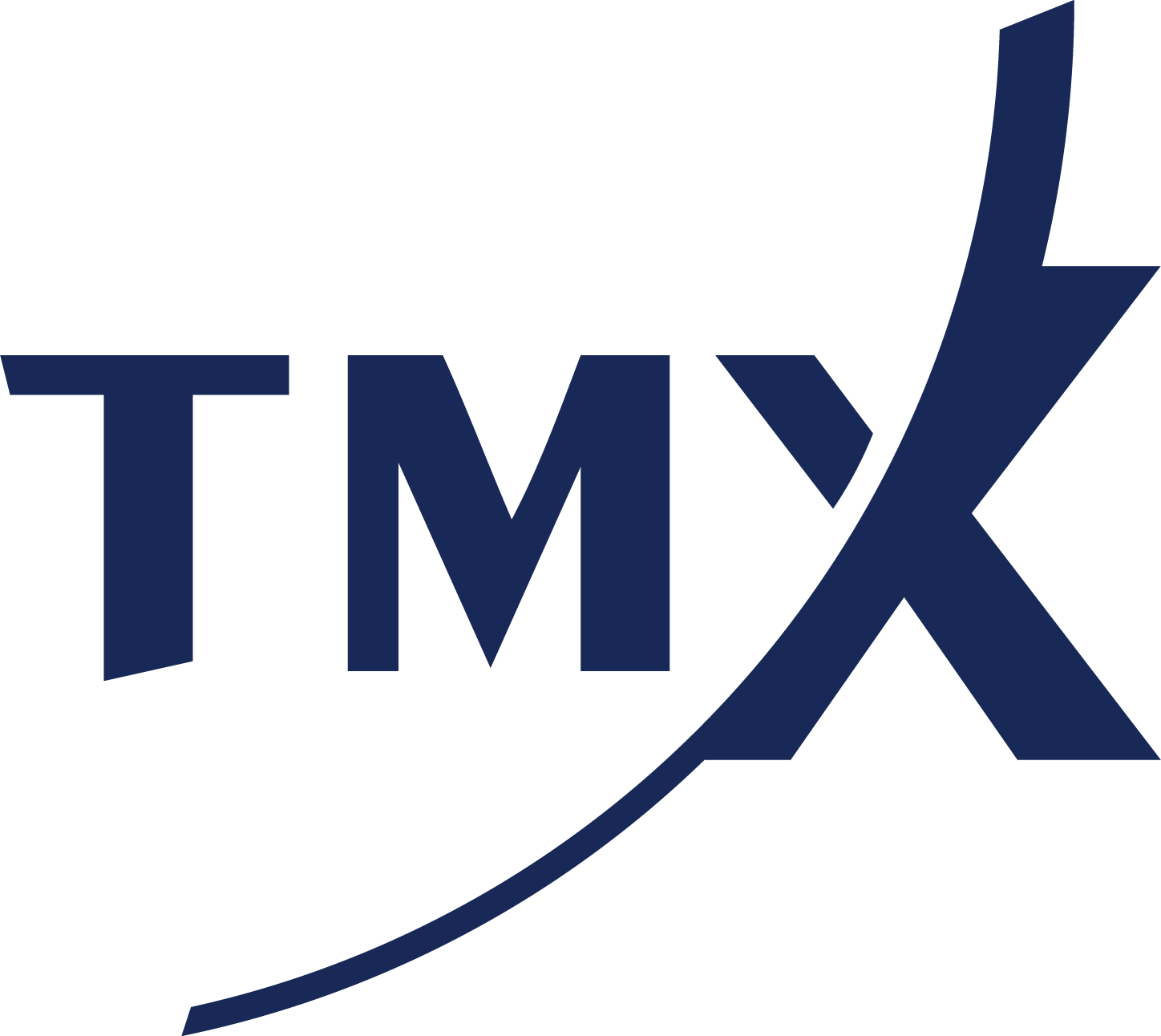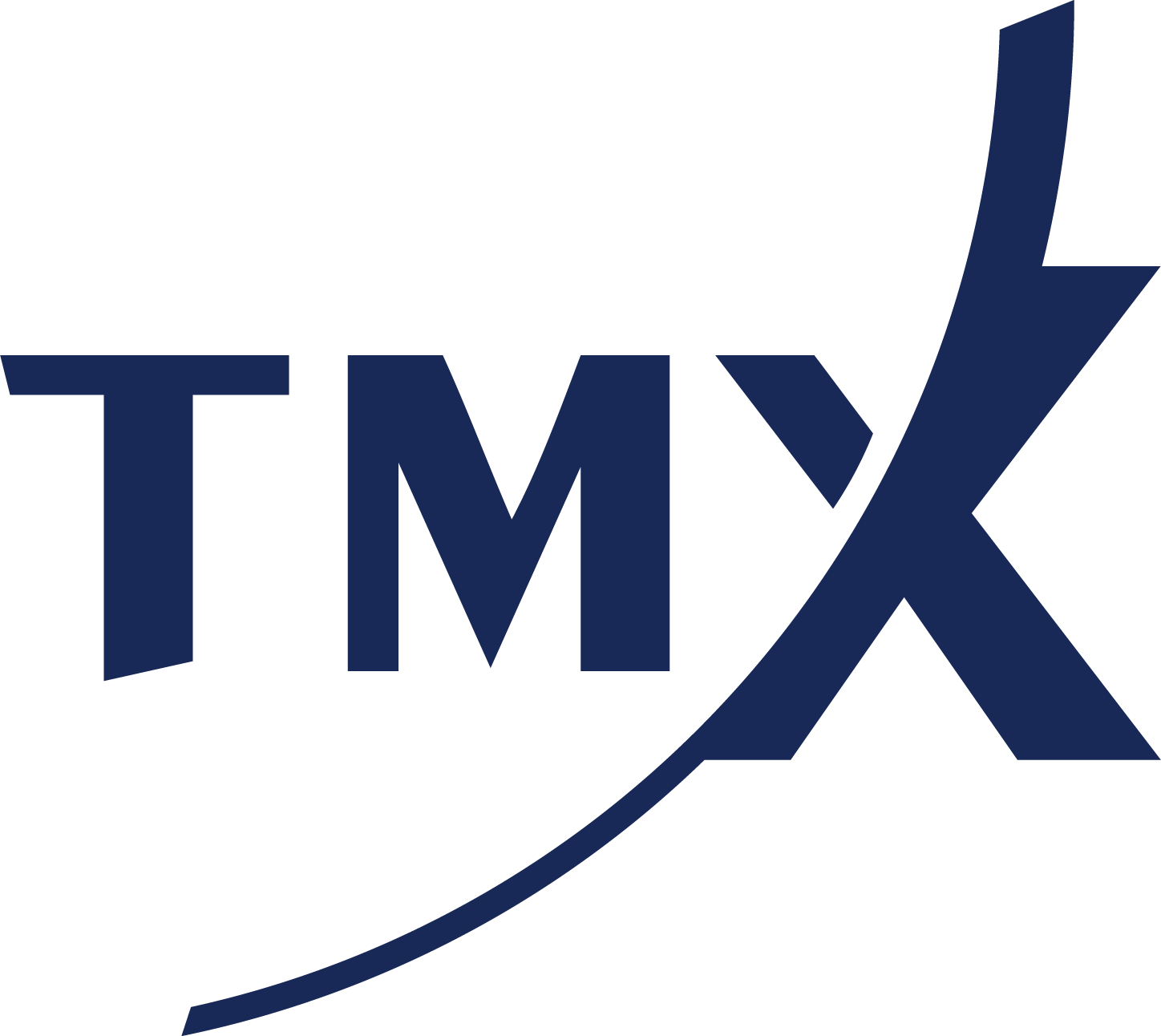The Analyst's Dilemma: Why the Same Stock Price Can Be Both Right and Wrong
-
Corporate actions create pain points in backtesting and trade analysis
-
Most companies struggle with time-consuming and manual workflows, where errors can cost millions of dollars
-
Specialized tools can enable firms to focus on alpha-generating strategies
Quantitative traders demand accurate information at all times. It’s not a request; it’s table stakes. But even the most advanced trading platforms are surprisingly vulnerable to pricing specifics that come with corporate actions. Dividends, stock splits, mergers and acquisitions, among other events, can wreak havoc on data sets and, potentially, trading performance.
Recent insights from a TMX Datalinx webinar, featuring Judith Gu, Head of Equities and eFX Trading Strategies at Scotiabank, and Armando Benitez, Head of AI and Chief Data & Analytics Officer at BMO Capital Markets, shed new light on why getting corporate actions right is both more critical and more complex than most realize. Let’s get back to basics on the importance of getting data right.
Two Scenarios, Two Very Different Answers
Even the most straightforward data point can hold layers of nuance. Consider a stock that trades at $100 on day one and pays a $1 dividend on day 10. Investing 101 stuff, right? For sure, but as Gu explained, the way you handle that $1 payout within a dataset could mean the difference between a profitable strategy and one that appears to fail. How so? Let’s unpack the price adjustment problem.
Scenario A: The Trade Benchmark
Say you wish to calculate the VWAP (volume-weighted average price) to assess trade execution quality. If you bought the stock at $100 on day one, and it paid a $1 dividend on day ten, should you retroactively adjust day one’s price to $99? Absolutely not, Gu warns. If you incorrectly apply that dividend adjustment to your initial trade price while calculating your VWAP, the benchmark shifts to $99. This makes your execution appear worse, a classic analytical trap: the same trade now looks like a poor decision due to an inappropriate adjustment.
Scenario B: The Backtest
Now, consider a backtest on the same stock over a two-year period. Here, failing to adjust for the $1 dividend means your total return series will understate performance. The dividend must be factored in to accurately reflect the stock’s growth over time. Makes sense, right?
Which is the correct approach? Well, they both are. But the exact same data adjustment is wrong in one context and essential in another. Gu nailed it: “We need to think twice before we apply corporate actions just unanimously throughout the process. It really depends on the use case.”
The Industry-Wide Challenge: It’s Not Just Theory
While it may seem like a fundamental task for data and performance technology companies, managers and analysts face this paradox daily. A live poll was conducted during the TMX webinar, and 68% of attendees cited “time-consuming manual processes” as their biggest pain point in handling corporate actions.
The issue is being addressed, but in a suboptimal way. It's the kind of bottleneck and manual workflow that can quickly result in operational mistakes and inconsistencies across teams and strategies. Mistakes lead to risk.
Benitez chimed in, adding, “A minor misalignment in a corporate action or data point could cost millions of dollars.” The poll results and live de-brief underscored that as more firms adopt automated trading and sophisticated analytics, the need for precision has never been higher. One error, one incorrect price adjustment, is amplified in an industry operating under already thin margins and fierce competition.
Why Does This Happen? The Role of Context in Financial Data
Corporate actions—dividends, splits, spinoffs, and the like—are not additive in the same way for every analytical or operational process. For transaction cost analysis or benchmarking, indiscriminate price adjustment can lead to misjudged execution quality. For long-term performance measurement or backtesting, failing to adjust obscures true total returns.
This context paradox is what makes the proper handling of financial data so tricky:
-
The same mathematical adjustment can produce either correct or disastrously wrong answers, depending on its end-use.
-
One-size-fits-all approaches inevitably risk producing flawed analytics and, thus, flawed investment decisions.
The stakes are high for financial technology and data companies. Benitez added that automating and streamlining these processes is “not only the responsibility of back office or technology, but effectively, everybody's responsibility in the firm.” No team is immune to the consequences of context-blind data handling.
The Solution: Focusing Resources Where They Matter Most
So, how should firms allocate resources to address this challenge? Gu and Benitez agreed that while some data applications require bespoke, in-house handling, particularly when millisecond-level decisions are involved, others are ripe for outsourcing.
Creating a historically adjusted price series for backtesting is one such example. It’s a universal need across asset managers, yet it consumes considerable time and technical expertise. This is where a specialized solution like the TMX Price Adjustment Curve (PAC) can deliver value.
PAC provides a pre-adjusted, tick-level time series that accounts for dividends, splits, and other corporate actions. By integrating this dataset, investment teams can avoid the tedious process of "doing your own compounding" as Gu described.
The result? Quants and portfolio managers can focus on developing alpha-generating strategies rather than cleaning and adjusting data.
The Bottom Line
Data governance is no longer just about compliance; it’s a revenue enabler, as Benitez highlighted. Companies that streamline foundational tasks free up their top talent for high-value activities, like proprietary research and innovation.
It's clear that with financial data, context is everything, and a one-size-fits-all approach to corporate action data is a recipe for errors. Leveraging a tool like PAC for standardized, resource-intensive tasks ensures accuracy and scalability, while empowering teams to concentrate on what truly differentiates their business.
Copyright © 2025 Wall Street Horizon, Inc. All rights reserved. Do not copy, distribute, sell or modify this document without Wall Street Horizon's prior written consent. This information is provided for information purposes only. Neither TMX Group Limited nor any of its affiliated companies guarantees the completeness of the information contained in this publication, and we are not responsible for any errors or omissions in or your use of, or reliance on, the information. This publication is not intended to provide legal, accounting, tax, investment, financial or other advice and should not be relied upon for such advice. The information provided is not an invitation to purchase securities, including any listed on Toronto Stock Exchange and/or TSX Venture Exchange. TMX Group and its affiliated companies do not endorse or recommend any securities referenced in this publication. This publication shall not constitute an offer to sell or the solicitation of an offer to buy, nor may there be any sale of any securities in any state or jurisdiction in which such offer, solicitation or sale would be unlawful prior to registration or qualification under the securities laws of any such state or jurisdiction. TMX, the TMX design, TMX Group, Toronto Stock Exchange, TSX, and TSX Venture Exchange are the trademarks of TSX Inc. and are used under license. Wall Street Horizon is the trademark of Wall Street Horizon, Inc. All other trademarks used in this publication are the property of their respective owners.


